Nội dung có ở:
Philipino
Việc thực hiện một chương trình spiking (nghĩa tiếng Việt: bổ sung và/hoặc thay thế con trống vào đàn) thành công có thể bù đắp cho sự suy giảm tự nhiên về khả năng sinh sản của đàn gia cầm khi những con trống “chính” ban đầu trong đàn đã già hơn 45 tuần tuổi. Sự suy giảm chung không nhất thiết là do chất lượng tinh trùng giảm mà là do các yếu tố liên quan đến hoạt động giao phối.
There are various reasons for mating decline including the following:
Chương trình spiking nên được đưa vào chương trình chăn nuôi đàn gia cầm trong giai đoạn sản xuất.
Spiking không bao giờ nên trở thành “chỗ dựa” để khắc phục tình trạng quản lý gà trống giống kém mà cần được sử dụng khi cần thiết để duy trì khả năng sinh sản của đàn. Có nhiều chương trình spiking để cân nhắc lựa chọn dựa trên tình trạng sẵn có của gà trống dùng cho spiking và các thách thức về an toàn sinh học.
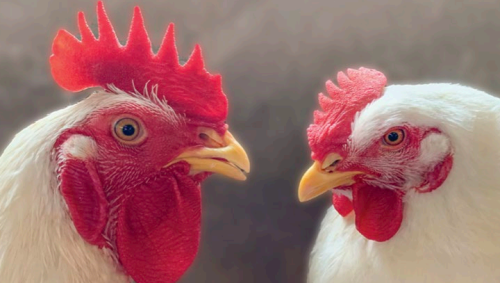
PHƯƠNG PHÁP 1. SPIKING NỘI BỘ
Chuyển tất cả những con trống chính chất lượng cao ra khỏi một nhà nuôi hoặc khỏi một bộ phận và đem vào nuôi trong những nhà nuôi hoặc bộ phận khác trong cùng một trang trại để thực hiện spiking trong đàn gia cầm ở những chỗ đó. Nhà nuôi có những con trống chính bị chuyển đi sẽ nhận được những con trống dùng cho spiking.
Quy trình này sẽ không gây ra sự cạnh tranh giữa con trống chính và con trống đưa vào để spiking và là một cách rất hiệu quả để duy trì và tận dụng tối đa những con trống dùng cho spiking (xem phần về Spiking Nội Bộ-Intra spiking trong Hướng dẫn nuôi đàn gà giống Cobb-Cobb Breeder Guide).
PHƯƠNG PHÁP 2. TRỐNG MỚI DÙNG ĐỂ SPIKING TỪ NHÀ NUÔI THỰC HIỆN SPIKING
Ở mỗi nhà nuôi, bổ sung tối thiểu 20% con trống trẻ mới có độ tuổi ít nhất là 25 tuần, với thể trọng trong khoảng 4,0 kg (8,8 lb). Chương trình này sẽ hiệu quả khi có sự chênh lệch 10% thể trọng giữa con trống chính và con trống dùng để spiking.
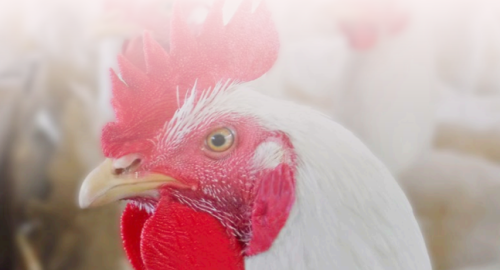
PHƯƠNG PHÁP 3. TRỐNG MỚI DÙNG ĐỂ SPIKING TỪ ĐÀN GIA CẦM TRẺ
Những con trống có thể trọng nặng hơn được tách ra khỏi đàn gia cầm bố mẹ trẻ ở độ tuổi 26 tuần. (Những con trống này để biết nơi nào để ăn, uống và cách giao phối). Trộn những con trống này vào một đàn có những con trống chính hoặc trong một nhà nuôi mà những con trống chính đã được chuyển đi.
Chương trình này phổ biến ở các trang trại có 100% đàn nuôi trên sàn và có tỷ lệ con trống cao hơn trong suốt 26 tuần. Nhà nuôi có thể chứa 10 đến 11% con trống mà không gặp vấn đề xung đột giữa các con trống.
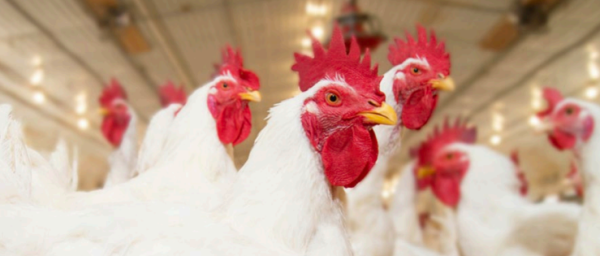
PHƯƠNG PHÁP 4. SPIKING TRỞ LẠI
Lấy những con trống đã được đưa vào một trang trại gà mái để spiking trước khi đàn gà đó giảm đàn và tận dụng những con giống đó để thực hiện spiking cho một đàn khác. Phương pháp này thường không được ưa dùng vì những nguy cơ tiềm ẩn về an toàn sinh học.
TIÊU CHÍ CHO CON TRỐNG DÙNG ĐỂ SPIKING
Việc đưa những con trống dùng để spiking vào một nhà nuôi đàn giống đã có sẵn sẽ tạo ra một môi trường đầy xung đột trong đàn và chỉ kết thúc khi một trật tự xã hội (pecking order) mới trong đàn được thiết lập. Giống như những con trống chính, những con trống dùng để spiking phải đồng đều, chất lượng tốt và có khả năng cạnh tranh.
Con trống dùng để spiking phải được nuôi theo cùng cách thức như cho con trống chính. Đàn trống dùng để spiking phải ít nhất 25 tuần tuổi, đạt thể trọng tối thiểu 9 lb (4,08 kg), trưởng thành sinh dục và được nuôi cùng chế độ cho ăn và chương trình chiếu sáng như đã áp dụng trong đàn sẽ tiếp nhận những con trống này. Hãy lưu ý đến những nguy cơ về an toàn sinh học khi thực hiện spiking.
Bất kỳ điểm yếu nào về sức khỏe ở đàn gia cầm chính hoặc đàn trống dùng để spiking có thể sẽ bị ảnh hưởng trong những tuần sau khi thực hiện spiking. Đàn trống dùng để spiking có thể được nuôi trong trang trại trong một nhà chuồng tách biệt với đàn hoặc ở một địa điểm khác.
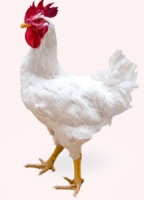
Nếu đàn gia cầm dùng để spiking đó khỏe mạnh, cần thực hiện các biện pháp giảm thiểu đàn gia cầm đó phơi nhiễm với nguy cơ bệnh trong suột quá trình vận chuyển bằng cách sử dụng xe bọc kín và chọn tuyến đường tránh xa tất cả gia cầm hoặc chim hoang dã.
Số lượng trống dùng để spiking được thêm vào một nhà nuôi sẽ được dựa trên việc khôi phục tỷ lệ giao phối (tỷ lệ trống-mái). Theo dõi tỷ lệ chết của đàn giống và gia cầm bị loại bỏ là điều quan trọng trong việc thực hiện một chương trình spiking thành công vì tỷ lệ trống-mái sẽ thay đổi khi đàn giống già đi. Trước khi spiking thì phải thực hiện một lần kiểm tra những con trống và loại bỏ bất kỳ con trống nào không còn khả năng sinh sản.
Đây là những con tiêu thụ nhưng không đóng góp gì vào khả năng sinh sản của đàn. Loại bỏ bất kỳ con trống nào có vấn đề về chân hoặc bàn chân hoặc khó di chuyển. Kiểm tra màu sắc và sự phát triển của mào và yếm. Ngoài ra, hãy kiểm tra vùng huyệt của gà trống vì huyệt của những con trống tích cực giao phối sẽ có màu đỏ, ẩm ướt và có ít lông bao phủ.
Khi thực hiện bất kỳ chương trình spiking nào, điều quan trọng là phải thực hiện với tối thiểu 20% trống mới.
Những con trống chính sẽ đè ép những con trống đưa vào để spiking nếu số lượng trống để spiking không đủ lượng cần. Nhìn chung, đối với những nhà nuôi để sản xuất không có sàn lát, hãy để tỷ lệ ban đầu là 9 đến 10% trống-mái giảm xuống còn 7,5% sau 40 tuần trước khi tăng trở lại tỷ lệ 9%. Những nhà nuôi có sàn lát và thực hiện spiking thì đưa tỷ lệ trở lại 9% khi tỷ lệ trống-mái giảm xuống dưới 7%.
KỲ VỌNG LỚN
Các chương trình spiking thành công khi được thiết kế là một phần của lịch trình quản lý sản xuất thông thường. Một lần spiking duy nhất giữa 35 và 40 tuần tuổi thường là đủ mặc dù một lần spiking bổ sung sau 8 đến 10 tuần có thể có lợi cho nhà chăn nuôi.
Thực hiện spiking sau 55 tuần là lãng phí thời gian và tài nguyên. Các quy trình spiking không đúng cách có thể gây tác hại lớn cho khả năng sinh sản và tỷ lệ ấp nở cùa đàn gia cầm khi những con trống chính và con trống dùng để spiking sẽ xung đột với nhau để tái thiết lập thứ bậc xã hội trong đàn. Trong một số trường hợp, tỷ lệ chết cao hơn bình thường của những con trống dùng để spiking sẽ làm mất đi mục đích của việc spiking. Việc ghi chép và theo dõi cẩn thận tỷ lệ chết của con trống chính sẽ chỉ ra thời điểm thích hợp để thực hiện spiking cho đàn.

Kỹ thuật thực hiện spiking hợp lý sẽ khôi phục tỷ lệ trống/mái về mức khi mới chuyển vào nhà nuôi sản xuất. Việc đưa con trống để spiking sẽ khởi sắc hoạt động giao phối của con trống dẫn đến tỷ lệ sinh sản tăng 2 đến 3% và tỷ lệ ấp nở cũng được cải thiện theo tỷ lệ phần trăm tương tự.
Mặc dù sẽ có một số ngưng trệ trong hoạt động giao phối khi những con trống cũ và mới xung đột nhau để thiết lập trật tự đàn, nhưng sẽ không ảnh hưởng đến tỷ lệ sinh sản hoặc tỷ lệ chết của con trống dùng spiking. Ảnh hưởng của việc thực hiện spiking thường kéo dài từ 6 đến 8 tuần.
Tìm hiểm thêm về việc thực hiện spiking trong Hướng dẫn chăn nuôi đàn gà giống Cobb mới được sửa đổi https://www.cobb-vantress.com/resource/management-guides.

Về tác giả: Jim Jones gia nhập nhóm dịch vụ kỹ thuật Cobb vào năm 2017 sau 25 năm làm việc cho một công ty sản xuất trứng ấp nở lớn tại Hoa Kỳ. Jim có bằng cử nhân Kinh doanh Nông nghiệp của Đại học Tiểu bang Arkansas.
TÁC GIẢ

Axit Hypochlorous: Kỷ nguyên mới trong công nghệ lọc nước!
José Luis Valls García
Phỏng vấn với Fahad Alfayez
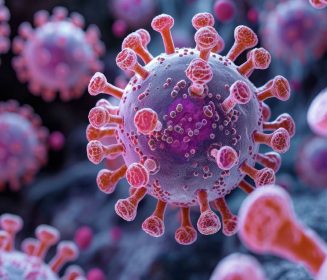
Các biến thể của virus viêm túi Fabricius truyền nhiễm: Thách thức đối với vắc xin thương mại?

Bệnh Newcastle: Hiểu rõ virus để đưa ra quyết định kiểm soát tốt nhất. Phần I
Eliana Icochea D’Arrigo
Giải pháp tiềm năng cho Hội chứng gan nhiễm mỡ xuất huyết ở gà mái đẻ
Edgar O. Oviedo-Rondón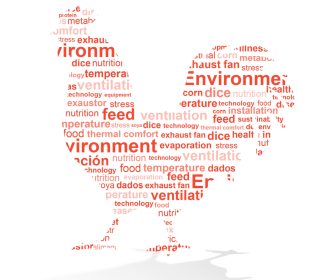
Các yếu tố và chiến lược giúp cải thiện sự thoải mái nhiệt cho gia cầm
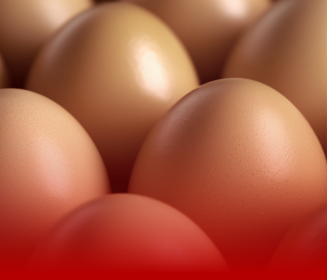
Quản lý trứng đẻ dưới sàn trong đàn gà giống thịt
Cobb-Vantress International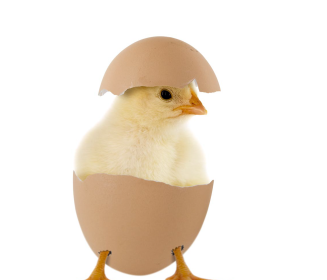
Chất Lượng Gà Con – Phần II
H&N Technical Team
Lợi Ích Từ Chăn Nuôi Mô Hình Tổ Cộng Đàn Van Gent Phần 2 – Quản Lý
Winfridus Bakker
Vệ sinh, khử trùng trong nhà nuôi hở và chăn nuôi gà thịt khi mùa mưa đến
Mabel Sibonginkosi Ndebele
Chính Sách Về Vi Khuẩn Salmonella Cho Ngành Chăn Nuôi Gia Cầm Hoa Kỳ Trong Năm 2024
Bill Potter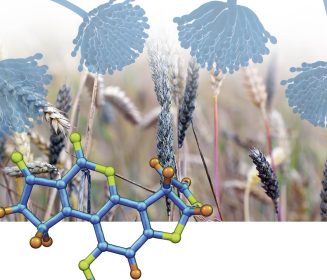
Độc tố nấm: Vấn đề lớn trong chăn nuôi gia cầm
Diogo Ito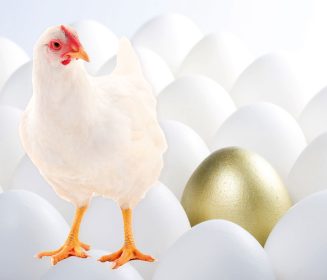
Giai đoạn nuôi dưỡng: “Khởi đầu hoàn hảo” cho sản lượng trứng đàn giống tối ưu
Kali Simioni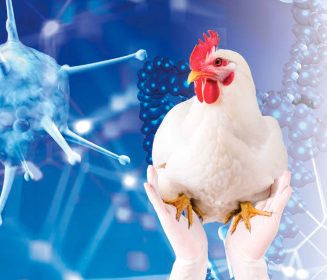
Thiết Kế Chương Trình An Toàn Sinh Học Để Bảo Vệ Trang Trại Khỏi Nguy Cơ Dịch Cúm Gia Cầm
Dr. Algis Martínez - DVM -ACPV Diplomate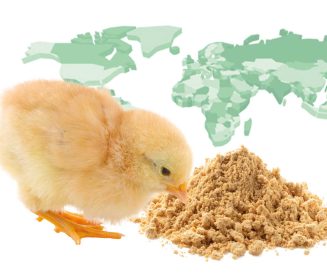
Tại sao nên phân biệt Bã đậu nành theo xuất xứ khi lập và tối ưu hóa công thức cám gia cầm?
Dr. Edgar O. Oviedo-Rondon
Lượng Độc Tố Vi Nấm Trong Bã Đậu Nành
Edgar O. Oviedo-Rondón
Chương Trình Cho Ăn Signal Light cho Đàn Gia Cầm Giống
Chance Bryant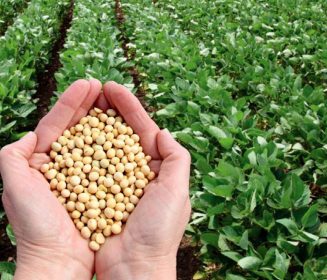
Tham Số Chất Lượng của Đậu Nành và Nguyên Liệu Thức Ăn Thay Thế trong Dinh Dưỡng Gia Cầm
Güner GÖVENÇ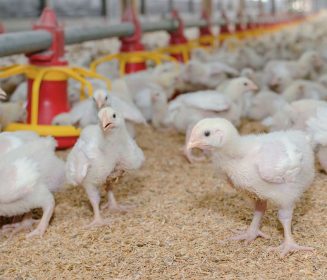
Ảnh Hưởng của Stress Mạn Tính và Viêm Ruột trên Sức Khỏe và Năng Suất Đàn Gia Cầm Thương Phẩm: Phần I
Guillermo Tellez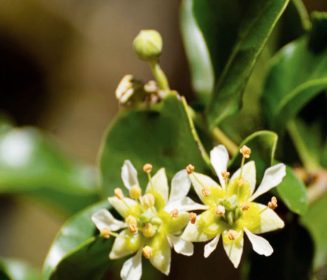
Ứng Dụng Chất Saponin Trong Chăn Nuôi Gia Cầm
Ken Bafundo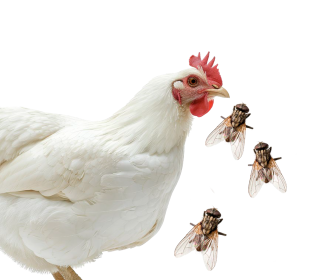
Kiểm Soát Sâu Trùng Trong Chăn Nuôi Gia Cầm
Gracieli Araujo
Dịch tễ học và tính mùa của vi-rút Metapneumovirus
Dr. Edgar O. Oviedo-Rondon
Phỏng vấn chủ tịch PSA Brian Fairchild
Brian Fairchild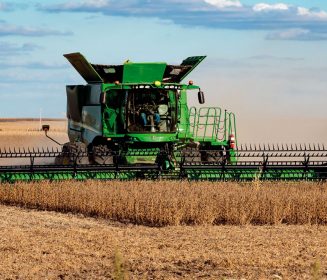
Đậu Nành Giàu A-xít Oleic với Ảnh Hưởng trên Trứng và Thịt Gia Cầm
Dr. Edgar O. Oviedo-Rondon
Kích thước trứng
H&N Technical Team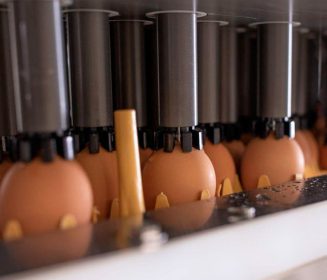
Chủng ngừa trong trứng (in ovo) bằng công nghệ Embrex®hỗ trợ đàn gà con có phản ứng miễn dịch sớm hơn và mạnh hơn
Zoetis Technical Team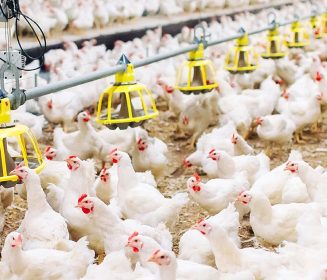
Lợi ích thực tiễn của máy đo góc thịt – Flesher cho chăn nuôi gà giống hướng thịt
Sandro Cerrate
Nguyên tắc an toàn sinh học trong chăn nuôi gia cầm với sự chú trọng vào kiểm soát của hội chứng rối loạn đường ruột – Một quan điểm mới
Masaio Mizuno Ishizuka
Nền tảng khoa học của tạo màu lòng đỏ trứng: thức ăn cho gia cầm ảnh hưởng như thế nào đến chất lượng trứng
Ana C. B. Doi Ananda P. Felix Renata B. M. S. Souza Simone G. de Oliveira Suzete P. de M. Neta Vivian I. Vieira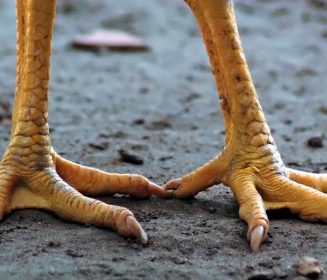
Vấn đề viêm da lòng bàn chân (loét chân) ở gà thịt và các giải pháp dinh dưỡng khả thi
avinews vietnam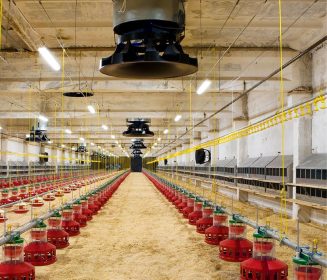
An toàn sinh học: Chúng ta hiểu gì về loại trừ sinh học và kiểm soát sinh học?
Kate Barger Weathers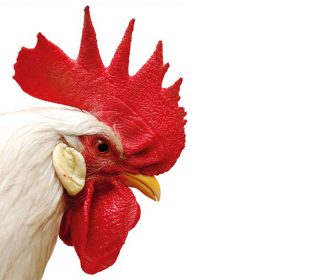
Các bệnh gây vô sinh ở gà trống giống hướng thịt
Edgar O. Oviedo-Rondón H. John Barnes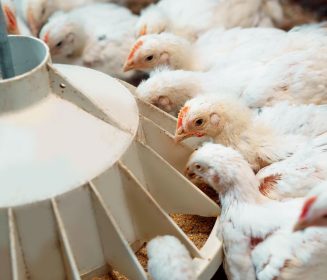
Ước Tính Sự Biến Động trong Cám Hỗn Hợp
Edgar Oviedo Gene Pesti Lynne Billard
Trứng sàn và ảnh hưởng đối với ấp nở gia cầm
Juan Carlos López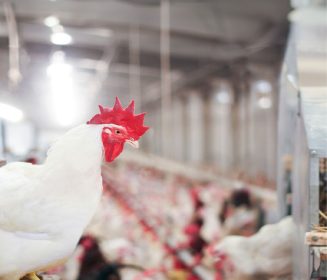
Tạo chỗ đậu cho gà giống hướng thịt
Edgar O. Oviedo-Rondón
Chăn nuôi gia cầm thời đại 4.0: sự hỗ trợ của công nghệ tiên tiến
AviNews Br team Rodrigo Galli
Phúc lợi động vật và trí thông minh nhân tạo: sự kết hợp cho ngành gia cầm của hôm nay hay ngày mai?
Elein Hernández
Cải Thiện Sức Khỏe Gia Cầm: Vai Trò của Phân Tích Dự Đoán trong Phòng Bệnh ở Vật Nuôi
Talha Siddique
Tiếp cận – Tiếp thị: lối thoát nào cho khủng hoảng thị trường trứng?
Dr.Vincent Guyonnet
Chủng ngừa trong trứng (in ovo) bằng công nghệ Embrex® hỗ trợ đàn gà con có phản ứng miễn dịch sớm hơn và mạnh hơn
Zoetis Technical Team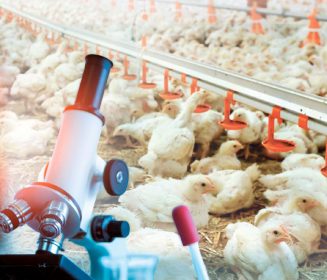
Bệnh Học Hệ Miễn Dịch Khi Chẩn Đoán Sự Ức Chế Miễn Dịch Ở Gia Cầm
Nestor Ledesma Martínez
Tuân thủ an toàn sinh học: cân bằng giữa văn hóa, tính cách, trải nghiệm, giáo dục và công nghệ
Edgar O. Oviedo-Rondón
Men vi sinh, prebiotics, chất phytogenics cho tối ưu hóa sức khỏe đường ruột gia cầm. Phần 2
Guillermo Tellez-Isaias Hafez M Hafez Juan D. Latorre Sakine Yalçın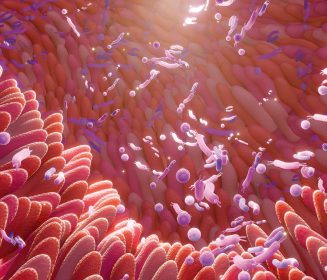
Men vi sinh, prebiotics, chất phytogenics cho tối ưu hóa sức khỏe đường ruột gia cầm. Phần 1
Guillermo Tellez-Isaias Hafez M Hafez Juan D. Latorre Sakine Yalçın